The Business Model Canvas is a strategic management tool that helps businesses visualize and analyze their business models. It consists of nine key components that are essential for designing and evaluating a business model.
This article provides a comprehensive guide to the Business Model Canvas, explaining each component in detail and providing insights into their significance. Additionally, the article includes examples of free and premium presentation templates that entrepreneurs and managers can use to effectively communicate their business models to stakeholders, investors, and team members.
With this text, we continue the series of four articles:
- Introduction to Business Models;
- Comparative Analysis of Business Models;
- Business Model Canvas Template
◄ You are here; - Business Model Examples and Case Studies
dedicated to business models, accompanied by examples of presentation templates from the PoweredTemplate library. The use of these templates can be beneficial in practice when developing a presentation for various business models.
Table of Contents
- Overview and Purpose of the Business Model Canvas
- Explanation of Each Business Model Canvas Component
- Presentation Templates of Business Models
- Conclusion
Overview and Purpose of the Business Model Canvas
The Business Model Canvas is an indispensable tool for entrepreneurs and business managers seeking to understand, design, and communicate their business models effectively. It provides a holistic and visual representation of the key elements that drive a business’s success. With its intuitive framework, the Business Model Canvas allows stakeholders to grasp the intricacies of a business model at a glance.
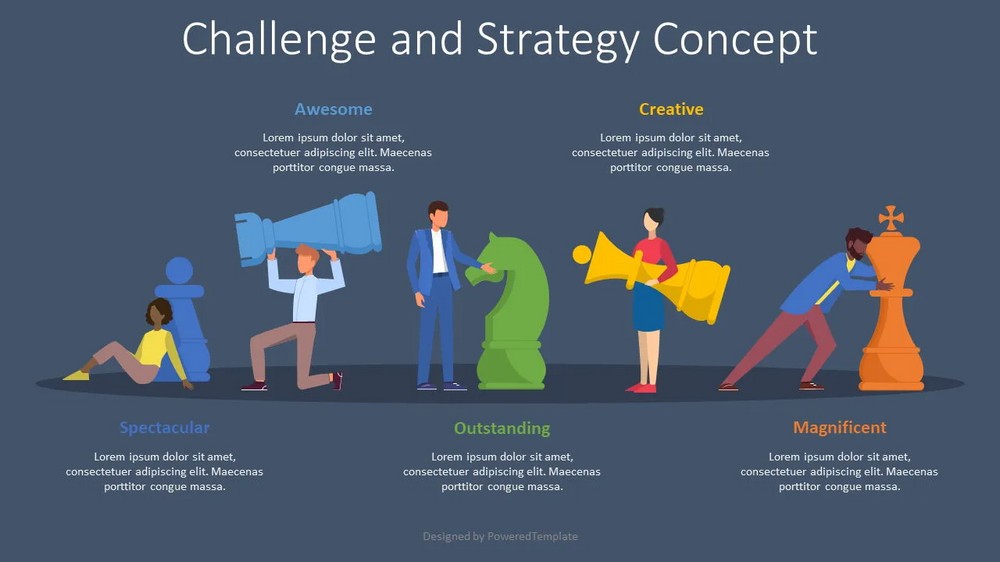
The primary purpose of the Business Model Canvas is to facilitate strategic thinking and analysis. By breaking down the complex structure of a business into nine distinct components, it enables entrepreneurs and managers to identify critical areas for improvement, innovation, and optimization. Moreover, the canvas acts as a common language that aligns different teams and departments within an organization, fostering collaboration and a shared understanding of the business model.
Through the Business Model Canvas, businesses can identify opportunities for growth, streamline their operations, and enhance their value proposition to customers. By visualizing the interdependencies between each component, businesses gain insights into how changes in one aspect of the model can impact other areas. This holistic approach allows for a comprehensive evaluation of the business model’s strengths, weaknesses, and potential areas of disruption.

Furthermore, the Business Model Canvas promotes agility and adaptability. In today’s rapidly evolving business landscape, organizations need to be flexible and responsive to changing market conditions. The canvas empowers businesses to iterate and experiment with different strategies and configurations, ensuring they remain competitive and resilient in dynamic environments.
It’s important to note that when using the Business Model Canvas, businesses have the option to leverage premium or free business model presentation templates. These templates offer a convenient and professional format for showcasing the business model visually. Whether opting for premium templates with enhanced features or free templates that provide a solid foundation, entrepreneurs and managers can effectively communicate their business models to stakeholders, investors, and team members.
In the next section, we will delve into each component of the Business Model Canvas, providing a detailed explanation of their significance and how they contribute to the overall business model.
Explanation of Each Business Model Canvas Component
The Business Model Canvas consists of nine essential components that collectively form a comprehensive representation of a business model. Each component plays a crucial role in shaping the overall strategy and operations of a business. In this section, we will explore each component in detail, highlighting their significance and how they contribute to the business model canvas.
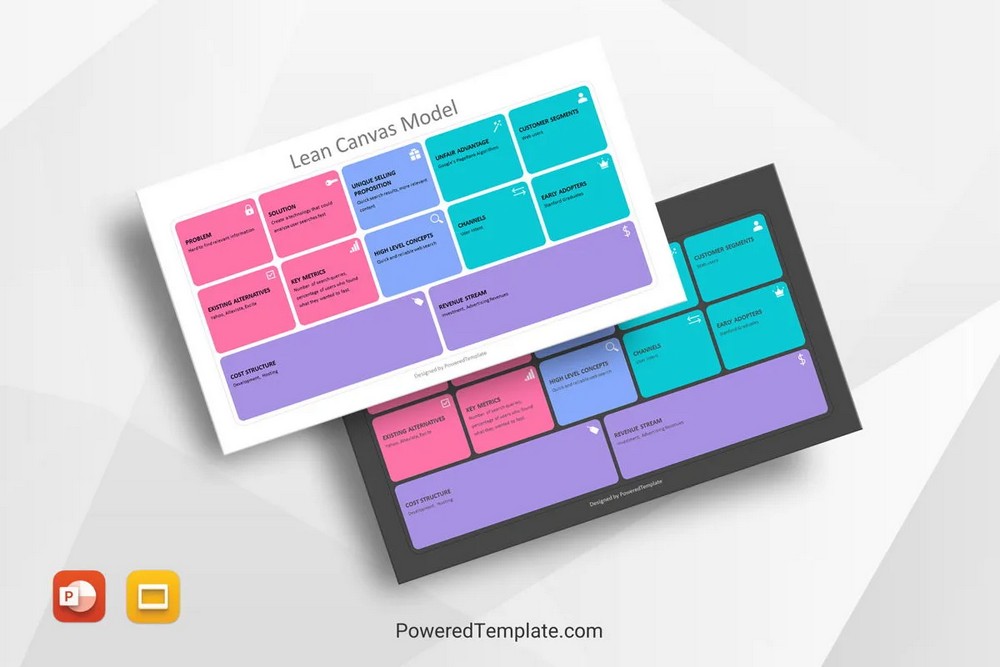
1. Key Partners
The Key Partners component identifies the external entities and organizations that collaborate with the business to create value and achieve mutual success. These partners can include suppliers, manufacturers, distributors, technology providers, strategic alliances, or any other key stakeholders with whom the business forms strategic relationships. By leveraging the expertise, resources, or distribution channels of these partners, businesses can enhance their capabilities, reach new markets, reduce costs, and create a competitive advantage.
2. Key Activities
Key Activities encompass the core actions and processes that a business must undertake to deliver its value proposition and fulfill customer needs. These activities can include manufacturing, designing, marketing, distribution, research and development, customer support, and any other essential tasks required to operate the business. Identifying and optimizing key activities helps businesses streamline their operations, improve efficiency, and create value for their customers.
3. Key Resources
Key Resources refer to the essential assets, both tangible and intangible, that a business needs to operate effectively. These resources can include physical resources like infrastructure, equipment, or inventory, as well as intellectual property, patents, trademarks, human capital, or financial resources. Understanding and managing key resources allows businesses to allocate their assets efficiently, leverage their strengths, and differentiate themselves from competitors.
4. Value Proposition
The Value Proposition component defines the unique value that a business offers to its customers. It encapsulates the products, services, or solutions that address customers’ needs, solve their problems, or fulfill their desires in a superior way compared to alternatives in the market.
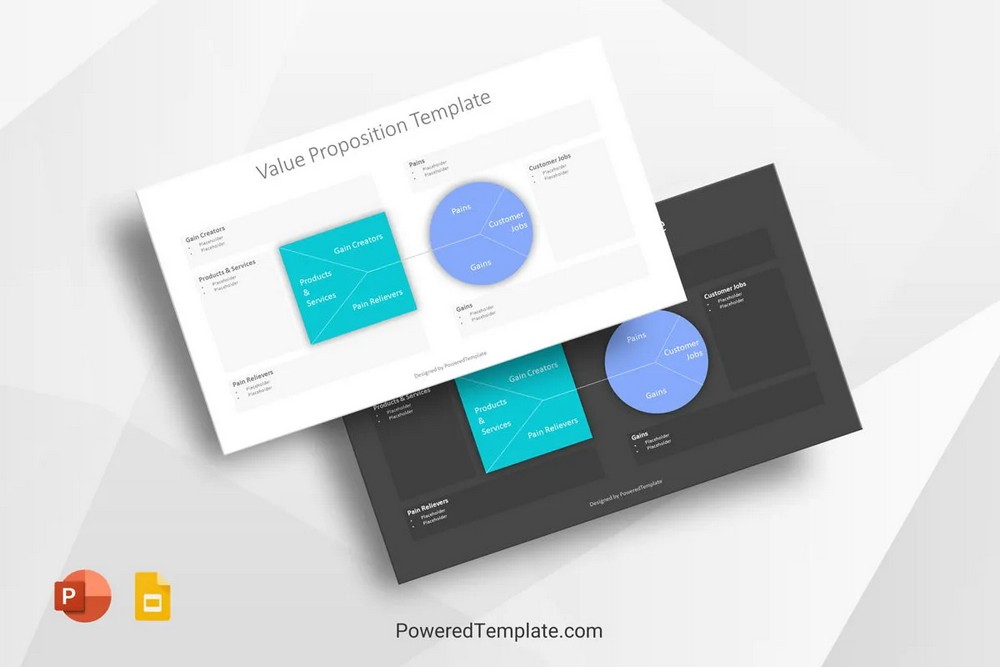
A compelling value proposition is essential for attracting customers, creating customer loyalty, and sustaining a competitive advantage. By continuously refining and enhancing their value proposition, businesses can stay relevant and meet evolving customer demands.
5. Customer Segments
Customer Segments involve segmenting the target market and identifying distinct groups of customers with similar needs, preferences, or characteristics. Understanding the diverse customer segments enables businesses to tailor their offerings, marketing messages, and customer experiences to specific customer groups. By effectively targeting and serving different customer segments, businesses can maximize customer satisfaction, increase market share, and drive sustainable growth.
6. Distribution and Communication Channels
Distribution and Communication Channels encompass the ways in which a business reaches its customers, delivers its value proposition, and engages in communication. These channels can include physical stores, e-commerce platforms, distribution networks, direct sales, social media, or any other means through which the business interacts with its customers. Optimizing distribution and communication channels allows businesses to effectively reach their target audience, ensure timely delivery, and maintain strong customer relationships.
7. Customer Relationships
Customer Relationships involve the types of relationships a business establishes and maintains with its customers. This component focuses on understanding and meeting customer expectations, delivering exceptional customer service, and building long-term customer loyalty. Whether through personalized interactions, self-service options, or ongoing support, cultivating positive customer relationships enhances customer satisfaction, promotes repeat business, and generates positive word-of-mouth referrals.
8. Revenue Streams
Revenue Streams encompass the various sources of revenue that a business generates through its value proposition and customer segments. This component involves identifying and optimizing revenue streams, which can include product sales, subscription fees, licensing, advertising, freemium models, or any other revenue generation strategies. Diversifying revenue streams and finding the right balance between pricing and value proposition helps businesses sustain financial stability and maximize profitability.
9. Cost Structure
The Cost Structure component deals with the costs and expenses incurred by the business to operate, deliver its value proposition, and generate revenue. It involves understanding and managing the cost drivers, cost-saving opportunities, and economies of scale. Optimizing the cost structure allows businesses to achieve efficiency, profitability, and sustainable growth.
Understanding each component of the Business Model Canvas and their interconnections is vital for businesses to design, evaluate, and refine their business models. In the next section, we will explore presentation templates that can help showcase the business models effectively, enabling businesses to communicate their strategies and value propositions to stakeholders and investors.
Presentation Templates of Business Models
Presentation templates provide a convenient and visually appealing way to showcase business models using the Business Model Canvas framework. These templates offer a structured format that helps entrepreneurs, managers, and teams effectively communicate their business models to various stakeholders.
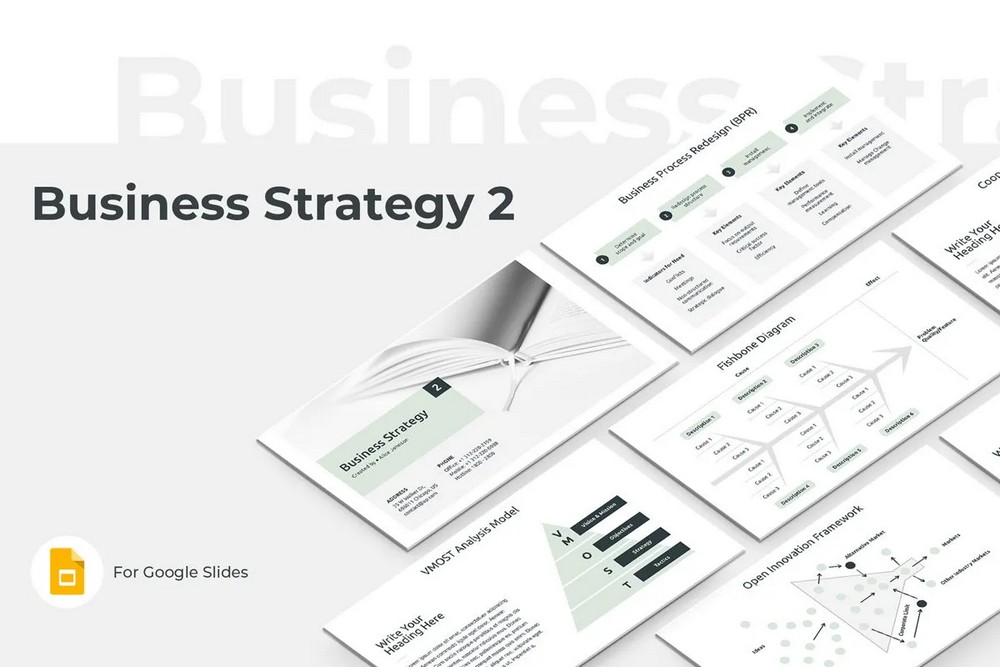
When it comes to business model presentation templates, there are both premium and free options available. Premium templates often offer additional features, customization options, and a polished design that can elevate the visual representation of the business model. These templates may be suitable for professionals who require a high level of customization and advanced presentation capabilities.
On the other hand, free business model presentation templates can be an excellent starting point for those who are looking for a solid foundation and a straightforward way to present their business models. These templates often include the key sections and components of the Business Model Canvas, allowing users to input their specific information and customize the template to align with their branding and style.
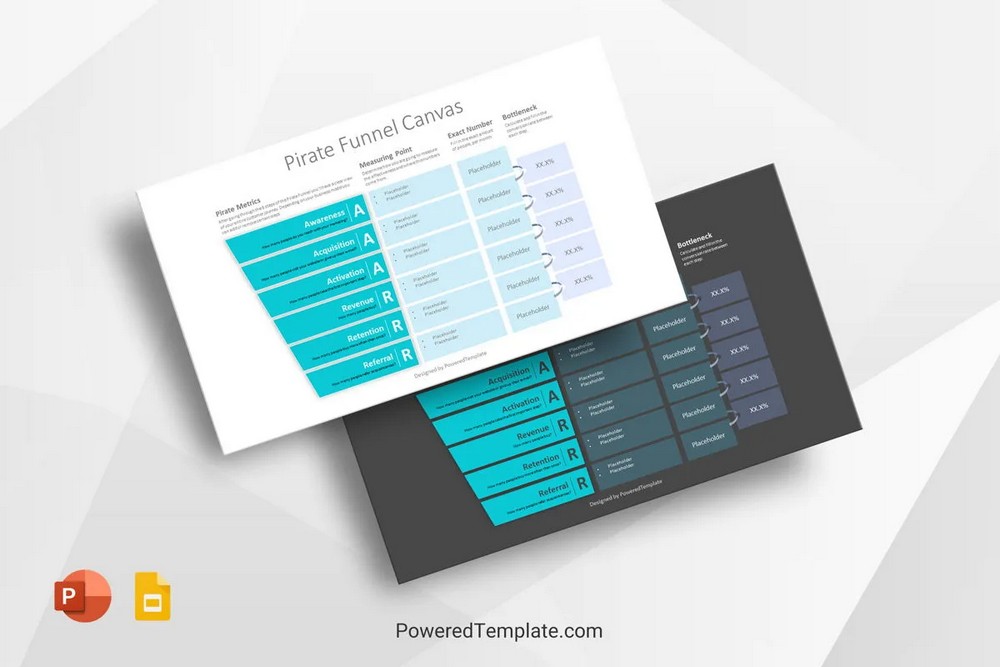
Whether opting for premium or free templates, it’s essential to choose a design that aligns with the overall message and tone of the business model. Clear and visually engaging templates can captivate the audience’s attention, enhance understanding, and facilitate meaningful discussions around the business model.
Business model presentation templates typically include placeholders for each component of the Business Model Canvas, such as Key Partners, Key Activities, Key Resources, Value Proposition, Customer Segments, Distribution and Communication Channels, Customer Relationships, Revenue Streams, and Cost Structure. These templates guide users to input relevant information and create a visually cohesive and professional presentation.
By utilizing presentation templates, businesses can save time and effort in designing their business model visualizations while ensuring a clear and structured representation. Whether presenting to potential investors, sharing insights with team members, or discussing strategies with stakeholders, the use of templates can enhance the clarity, impact, and professionalism of the business model presentation.
Conclusion
The Business Model Canvas is a dynamic tool that requires continuous evaluation and refinement. As businesses evolve and market conditions change, the canvas can be adapted to reflect new strategies, innovations, and customer insights.
Incorporating the Business Model Canvas into strategic management practices allows businesses to identify opportunities, optimize operations, and create value for customers. By understanding the interdependencies between the components and leveraging presentation templates, businesses can enhance collaboration, align different teams, and effectively communicate their strategies.
As you seek to enhance your existing model, we encourage you to utilize the Business Model Canvas and leverage the available presentation templates. Embrace the power of strategic visualization and communication to drive your business forward, adapt to changing markets, and succeed in today’s dynamic business landscape.
Remember, your business model is the foundation for your success, and the Business Model Canvas is the roadmap that brings it to life.

